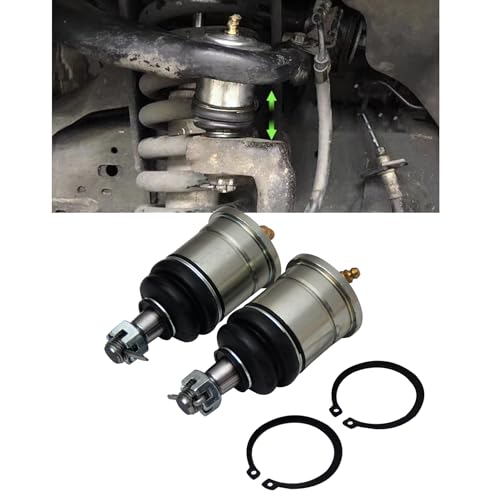That raises an interesting point. If charging by AC charger you have to have it in the off position - this rather heavily implies that your fridge has to be disconnected from the battery.
This isn't the end of the world - it's in fact how I charge my aux battery in my tub - but that's because I'm making use of a feature of my fridge. When my Engel 60L detects 240V, it will switch over to that whether 12V is present or not. For the Arkpak to be used in a similar situation (let's say you're topping the battery up with a generator) your fridge needs to be plugged in to that genny too, and needs to auto-switch.
As for the battery levels - that's good advice. Most of the current deep cycle batteries can tolerate discharge to 20%, but they start allowing sulphate crystals to form below 50%. This isn't as much of an issue in an AGM as the glass doesn't allow the formed crystal to move, so it will more often than not break back down when the battery is recharged. Spiral wound AGMs can be discharged to 0% without killing them (mine - an Optima D31A - has done this about 4 times so far). 50% is the mark where slow rates of sulphation become a rush, and this raises an exceptionally important point that you really need to consider when thinking about what you're taking with you.
If you have a 100Ah battery and want to keep it in top condition, you're going to invert the incoming power to your tub, use that Arkpak smart charger with the fridge drawing 240V so that your battery arrives at the campsite at 100% charge. If you're looking after it, you're going to turn off everything electrical once the battery reaches 50% That's 50Ah used.
So with just 50Ah of capacity available, what can you run? A Waeco fridge with a BD35 Danfoss compressor will happily draw 3.5-4A of power. Overnight, when it's not being opened much in cooler air, it won't cycle a lot at all, maybe 10% in winter, and 30% in summer. 30% of 12 hours @ 4A/hour is still 14Ah-ish (mental arithmetic). Great, so the fridge needs 15Ah when the sun isn't shining - it will need more during the day, especially since people are awake and opening it! Say for a 24-hour period it will use roughly 40Ah. That leaves you 10Ah spare (if you're not charging until the car is running again) for lights, phone charging ... doesn't seem like a lot any more! You'll need to kick the car over every day and let it run for what, 50Ah charged at 6A/hr = about 8 hours, so once you're camping, maybe you want a higher-rate charging device to look after it.
These sums do look messy and depressing, but the answer is in overkill. Our caravan, for instance, has a 100Ah AGM battery. The only thing it's used for is lighting, water and toilet pumps. With all the lights on we're drawing about 2.5Ah, and because you use the pumps so infrequently, don't worry about them. That gives us (say) 4 hours of lighting (6pm to 10pm) = 10Ah per day. I've put a 130W solar panel on the roof that can replace that power in under 2 hours. Because it's a mono panel, it's quite shade tolerant and still makes good power underneath trees or on cloudy days.
And that's how you do it. Budget your power first, look at what you need to use, make sure you have that storage capacity and then overkill the charging capacity. Don't run solar to an inverter to drive the inbuilt smart charger. In winter you simply don't get 8 hours of solar-useful sunlight a day! If you're going solar, make sure your battery can handle a good load, hook up the solar regulator to the Anderson plug and dump the power in that way.
























